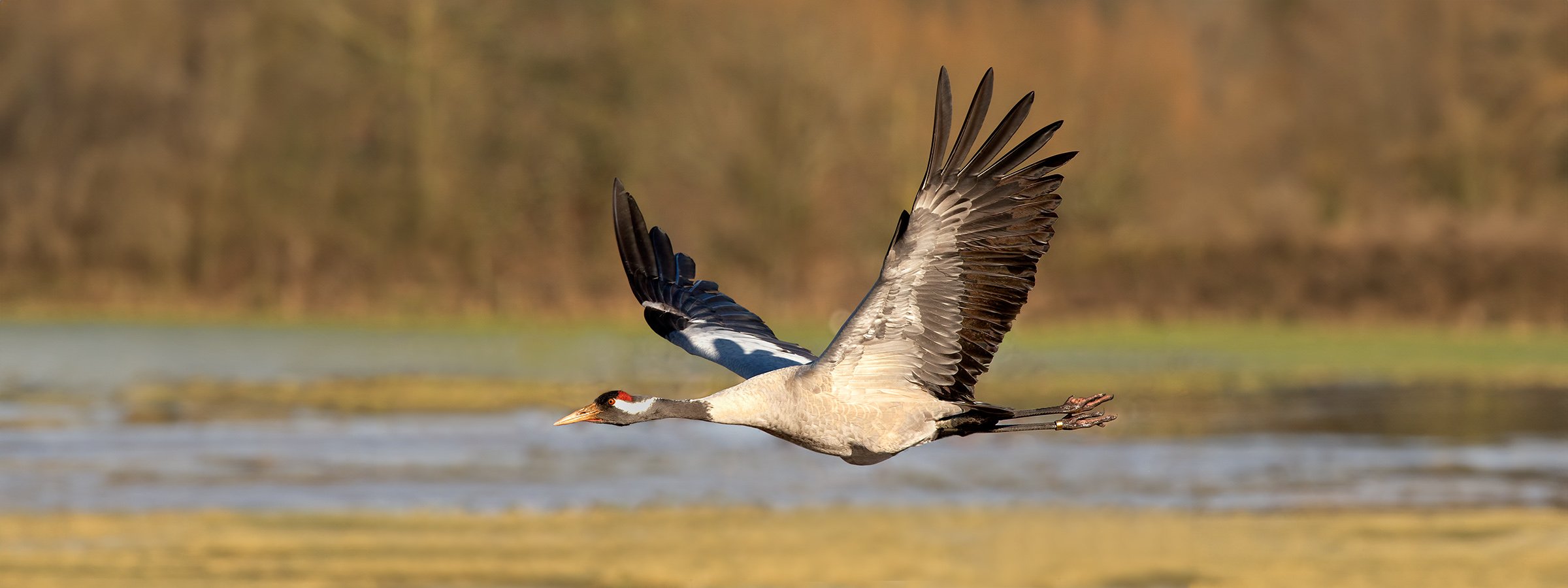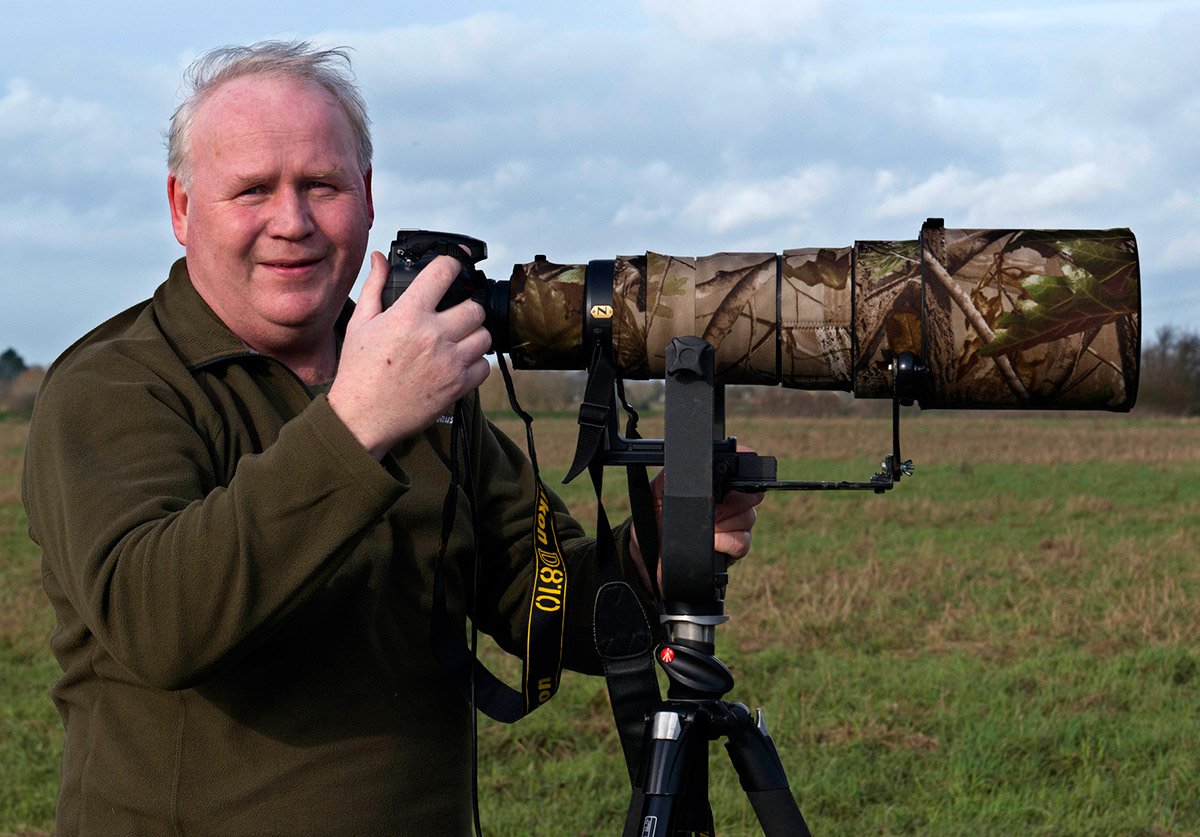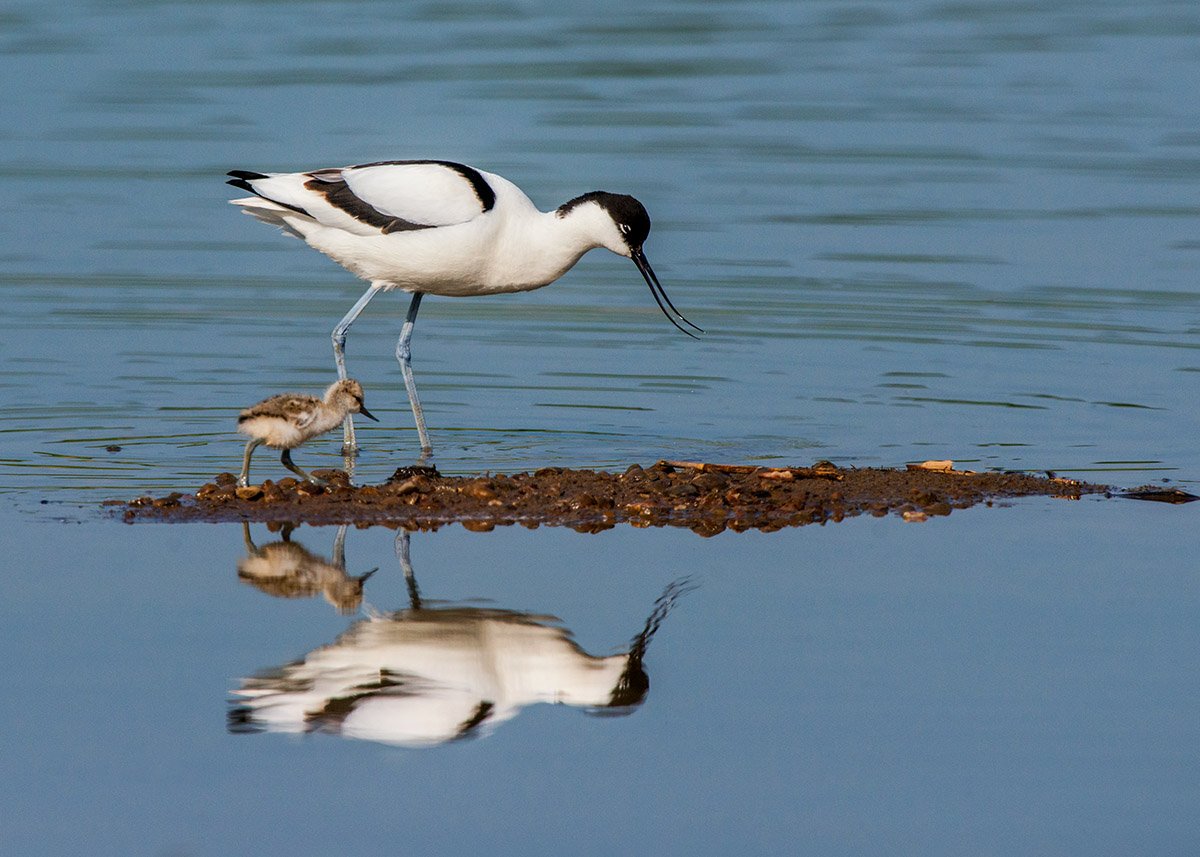
Welcome to my Gallery
Wading Birds
Trevor has a passion for photographing wading birds in the UK, capturing their elegant movements and intricate details in stunning imagery. With a keen eye for wildlife photography, Trevor seeks out prime locations along the shores of rivers, estuaries, and coastal wetlands where wading birds gather in abundance. Armed with his camera and a deep appreciation for nature, Trevor patiently observes and waits for the perfect moment to capture these magnificent birds in their natural habitat. Whether it's the graceful stride of a heron stalking its prey or the delicate balance of a little egret wading through shallow waters, Trevor's photographs convey the beauty and serenity of the avian world. Through his lens, he invites viewers to appreciate the intricate beauty of wading birds and the rich biodiversity of the UK's wetland ecosystems.
Water Rail
The Water Rail, a cryptic and elusive bird species, is a denizen of the UK's wetland landscapes. Characterized by its secretive nature, the Water Rail is more often detected by its distinctive calls than by sight. Sporting a brownish plumage adorned with dark streaks, and possessing a slender build and a distinctive long, red bill, this bird is perfectly adapted to navigate through dense vegetation along the edges of marshes, reed beds, and other wetland habitats.
Despite its elusive tendencies, the Water Rail plays a vital role in the ecosystem. Feeding primarily on insects, small fish, and plant matter, it contributes to the delicate balance of its wetland environment. During the breeding season, which spans from March to July, Water Rails construct their nests amidst dense vegetation close to the water's edge. Here, the female lays a clutch of eggs, which both parents diligently incubate until they hatch. Afterward, they continue to provide care and protection to their offspring until they are ready to fledge.
Conservation efforts for the Water Rail are crucial, as the species faces threats such as habitat loss and degradation due to drainage, pollution, and habitat fragmentation. By preserving and restoring wetland habitats, we can ensure the continued survival of this secretive yet ecologically significant bird species in the UK.
Ringed Plover
The Ringed Plover is a charming shorebird frequenting the UK's coastlines, particularly sandy beaches, salt marshes, and coastal dunes. With its compact build and striking black-and-white markings, it stands out against the coastal landscape. Ringed Plovers feed on small invertebrates along the shoreline and nest in shallow scrapes on sandy or gravelly substrates. Conservation initiatives aim to safeguard their coastal habitats from disturbances and habitat degradation, ensuring their continued presence along the UK's shores.
Moorhen
Moorhens, also known as Common Moorhens, are widespread birds found across the UK in various wetland habitats. They have dark plumage, a red frontal shield, and yellow legs. Moorhens primarily feed on aquatic vegetation and small invertebrates. They build nests in dense vegetation near water bodies and breed from March to August, laying clutches of 5-11 eggs. Conservation efforts focus on preserving their wetland habitats.
Little Egret
The Little Egret is a striking wading bird increasingly seen across the UK. With its all-white plumage, long black legs, and slender bill, it's easily identifiable. Little Egrets hunt in various wetland habitats, including marshes, estuaries, and coastal mudflats, feeding on fish, crustaceans, and insects. Once rare, conservation efforts have led to their recovery, and they are now commonly spotted in the UK's waterways and urban areas. Ongoing conservation is vital to protect their habitats and ensure their continued success.
Avocet
The Avocet is a striking wading bird known for its unique upturned bill and distinctive black and white plumage. Here's a brief overview:
Appearance: Avocets have long legs and a curved bill, primarily white with bold black markings on the head, neck, and wings.
Habitat: Found in coastal and estuarine areas, they forage in shallow waters for small invertebrates.
Breeding: They breed in loose colonies on coastal salt marshes or estuarine islands, laying 3-4 eggs and caring for their young until they fledge.
Conservation: Once extinct in the UK, successful conservation efforts have led to their reintroduction and breeding, making them a conservation success story.
The Avocet's return highlights the importance of wetland conservation in the UK.
Heron
The Heron is a large wading bird commonly seen across the UK. Here's a brief overview:
Appearance: Herons have long legs, a long neck, and a dagger-like bill. They sport gray or blue-gray plumage with white markings on the head and neck.
Habitat: Found near water bodies like rivers, lakes, and ponds, they are also adaptable to urban parks and gardens.
Behavior: Patient hunters, they stalk prey in shallow water, feeding on fish, amphibians, insects, and small mammals.
Breeding: Nesting in colonies called heronries, females lay 3-5 eggs, incubated by both parents for around four weeks.
Conservation: While relatively common, threats like habitat loss and pollution require conservation efforts to protect their habitats and breeding sites.
The Heron's graceful presence enriches the UK's wetland landscapes, highlighting the importance of preserving these habitats.
Swan
The mute swan, known scientifically as Cygnus olor, is one of the most iconic and recognizable bird species in the United Kingdom. Here are some key features and facts about swans in the UK:
Appearance: Mute swans are large birds with long necks and distinctive orange bills. They have white plumage, with black markings on their faces and often on their wings. Their legs are black.
Habitat: Mute swans are commonly found in various aquatic habitats across the UK, including lakes, rivers, canals, and estuaries. They are highly adaptable and can inhabit both freshwater and saltwater environments.
Behavior: Mute swans are known for their graceful movements on the water, gliding serenely across lakes and rivers. They are generally territorial birds and will defend their nesting and feeding areas aggressively, especially during the breeding season.
Breeding: Mute swans typically breed in the spring and early summer. They build large nests made of reeds, grasses, and other vegetation near the water's edge. The female lays a clutch of eggs, and both parents take turns incubating them until they hatch.
Cygnets: Mute swan chicks, called cygnets, are grayish-brown in color and lack the distinctive white plumage of adults. They are cared for by both parents and remain with the family group until they are old enough to fend for themselves.
Conservation: Mute swans are protected under UK law, and it is illegal to harm or disturb them or their nests without a license. Conservation efforts focus on preserving their habitat and ensuring that they are not threatened by pollution, habitat loss, or other human activities.
Overall, mute swans are beloved and iconic birds in the UK, cherished for their beauty, elegance, and presence in the country's waterways and natural landscapes.
FAQs
Our prints showcase a variety of Wading Birds commonly found in the UK. You'll find charming species like Avocet, Water rail, and more.
What sizes are available for the prints? Our prints are available in various sizes to suit your preference and space requirements. We offer standard sizes like A4, A3, and A2, as well as custom sizes upon request.
What materials are used for the prints? We use high-quality materials to ensure the best possible print results. Our prints are produced on archival-quality paper using professional-grade printing techniques to ensure longevity and colour accuracy.
Are the prints suitable for framing? Yes, our prints are designed to fit standard-sized frames, making them easy to display in your home, office, or gallery. You can choose to frame them with or without a mount, depending on your preference.
Do you offer framed prints? Yes, we offer both unframed and framed options for our prints. Our framed prints come ready to hang and are available in a variety of frame styles and colours to complement any décor.
Are the prints signed and numbered? Each print is hand-signed by the photographer, adding a personal touch and authenticity to your artwork. Limited edition prints may also be numbered to indicate their exclusivity.
Can I request a custom print featuring a specific bird species? Yes, we welcome custom print requests and can work with you to create a bespoke artwork featuring your favourite bird species. Simply contact us with your requirements, and we'll be happy to assist you.
Do you ship internationally? Yes, we offer worldwide shipping for our prints. Shipping costs and delivery times may vary depending on your location, so please contact us for more information.
What is your return policy? We want you to be completely satisfied with your purchase. If for any reason you're not happy with your print, please contact us within 14 days of receipt, and we'll arrange for a replacement or refund.
How can I place an order? You can place an order directly through our website or contact us via email or phone to discuss your requirements and place an order manually. We accept various payment methods for your convenience.
If you have any further questions or inquiries, please don't hesitate to reach out to us. We're here to help you find the perfect woodland and garden bird prints to adorn your space with beauty and elegance.








